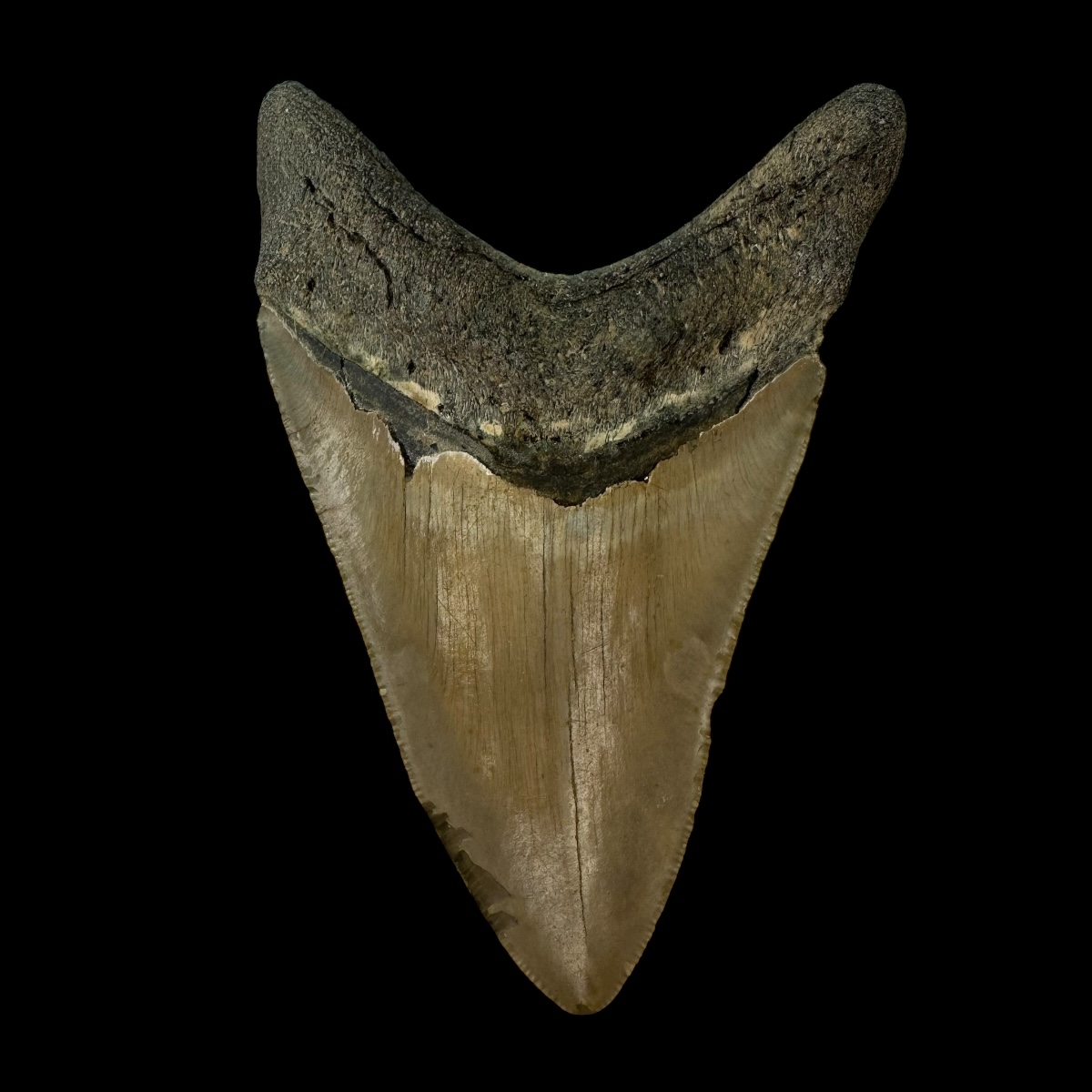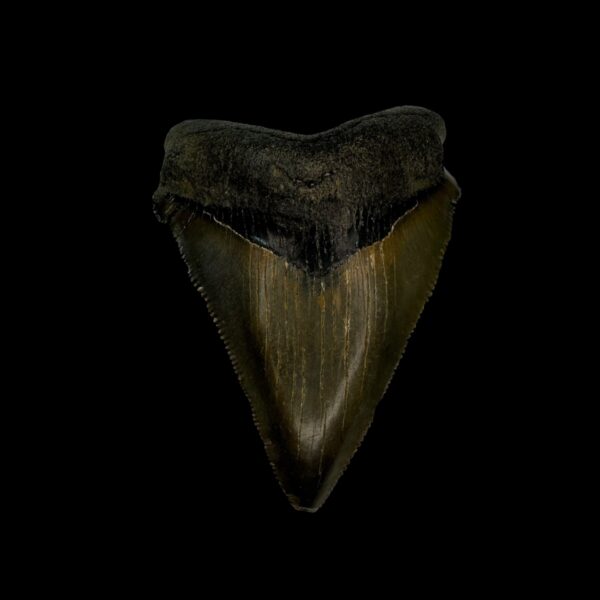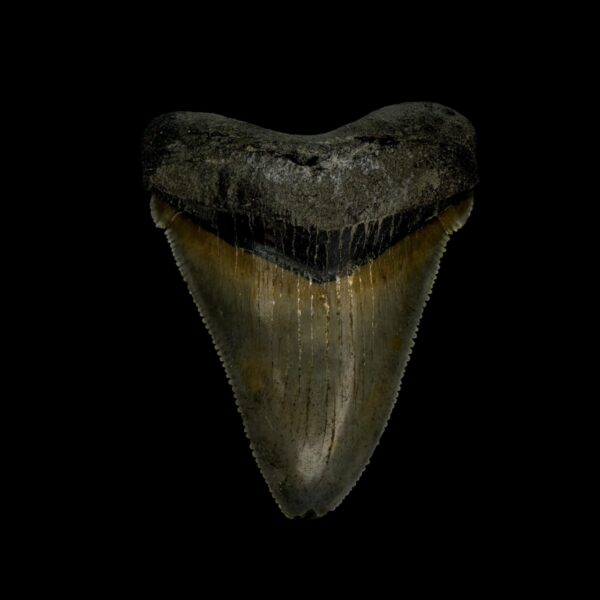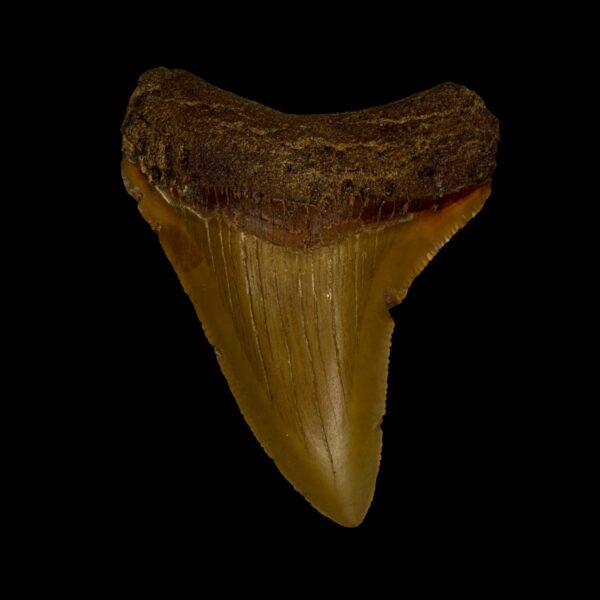Realistic Value: 5 Expert Clues to Know How Much a Megalodon Tooth Fossil Is Worth
Introduction: Understanding the Realistic Value of Megalodon Fossils
Megalodon tooth fossil is one of the biggest questions collectors ask. Why does one tooth sell for $100 while another reaches $10,000 or more? The answer lies in expert evaluation based on multiple factors—not myths or guesswork.
In this guide, we’ll reveal 5 expert clues every collector should know to accurately estimate the realistic value of Megalodon fossils, avoid overpaying, and invest with confidence.
Why Megalodon Tooth Fossils Hold.
The Megalodon shark ruled Earth’s oceans more than 3 million years ago. Its teeth, sometimes over 7 inches long, are among the most impressive fossils known to science. But beyond their prehistoric beauty, they carry monetary and scientific value.
Collectors prize them as rare natural artifacts.
Investors see them as long-term appreciating assets.
Museums and educators use them to tell the story of Earth’s prehistory.
👉 If you’re serious about collecting, you need to understand the value of Megalodon fossils before making a purchase.
5 Expert Clues to Determine the of a Megalodon Tooth Fossil
1. Size and Its Impact on the Megalodon Tooth
Size is the most obvious clue to determine the of a Megalodon tooth fossil.
Teeth under 3 inches: $30–$150.
Teeth 3–4 inches: $150–$500.
Teeth 4–5 inches: $500–$1,500.
Teeth 5–6 inches: $1,500–$5,000.
Teeth over 6 inches: $6,000–$15,000+.
🔑 Expert Tip: Not all large teeth carry the same realistic value—condition and rarity matter just as much.
2. Condition and Preservation: A Key to
A flawless tooth with sharp serrations and intact enamel is far more valuable than a chipped or eroded piece.
Pristine condition → top collector value.
Minor chips or wear → medium value.
Heavily worn or broken → significantly lower value.
Preservation directly affects the realistic value of Megalodon fossils, even within the same size category.
3. Color Rarity and Its Role in the Realistic Value of Megalodon Fossils
Color variations also influence the Megalodon tooth fossil. While most are black or gray, rare hues such as blue, red, or multicolored specimens can multiply value.
Collectors pay premium prices for unique coloration since it increases both display appeal and rarity.
4. Provenance: Why Location Affects the of Fossils
The discovery site impacts fossil pricing. Teeth from certain regions are more desirable:
North Carolina’s Black River → highly prized due to quality preservation.
South Carolina’s Cooper River → popular, but more abundant.
Florida coastal sites → widely available, medium value.
Morocco or South America → often less valuable due to restoration and preservation quality.
Authentic provenance adds credibility, increasing the Megalodon fossils in the marketplace.
5. Authenticity and Certification: Protecting the Realistic Value of Megalodon Fossils
Restored or fake fossils are common. Collectors must be careful to avoid overpriced replicas. The depends heavily on authenticity.
Certified fossils from trusted sellers like The Fossil Exchange maintain higher market value.
Restored or artificially altered teeth lose significant worth.
👉 Every fossil we sell includes a certificate of authenticity, ensuring accurate valuation and trust.
⚖️ Realistic Value Guide: Megalodon Tooth Fossil Price Chart
| Size Range | Condition | Realistic Value (USD) | Notes |
|---|---|---|---|
| <3 in | Worn/common | $30–$150 | Entry-level fossils |
| 3–4 in | Good condition | $150–$500 | Great for hobbyists |
| 4–5 in | High preservation | $500–$1,500 | Increasingly rare |
| 5–6 in | Collector grade | $1,500–$5,000 | Premium specimens |
| 6+ in | Museum quality | $6,000–$15,000+ | Extremely rare, investment fossils |
Common Mistakes in Determining
Believing all large teeth have the same value.
Ignoring condition and provenance.
Overpaying for restored fossils sold as natural.
Forgetting that certification protects long-term value.
By avoiding these mistakes, collectors can better understand the of Megalodon fossils.
FAQs About the Realistic Value of Megalodon Fossils
Q1: What is the average of a Megalodon tooth fossil?
Most 3–4 inch teeth in good condition sell for $150–$500. Larger collector-grade specimens may reach thousands.
Q2: What factors most affect the Megalodon fossils?
Size, preservation, color rarity, provenance, and authenticity are the 5 key clues.
Q3: How do I avoid buying overpriced or fake fossils?
Always purchase from trusted sellers with certificates of authenticity.
Q4: Are Megalodon fossils a good investment?
Yes, high-quality specimens have steadily increased in value as they become harder to find.
Conclusion: Understanding the Before You Buy
Determining the of a Megalodon tooth fossil requires more than guesswork. By applying the 5 expert clues—size, preservation, color, provenance, and authenticity—you can understand the true worth of your fossil.
At The Fossil Exchange, every specimen reflects its authentic, backed by expertise and certification.




